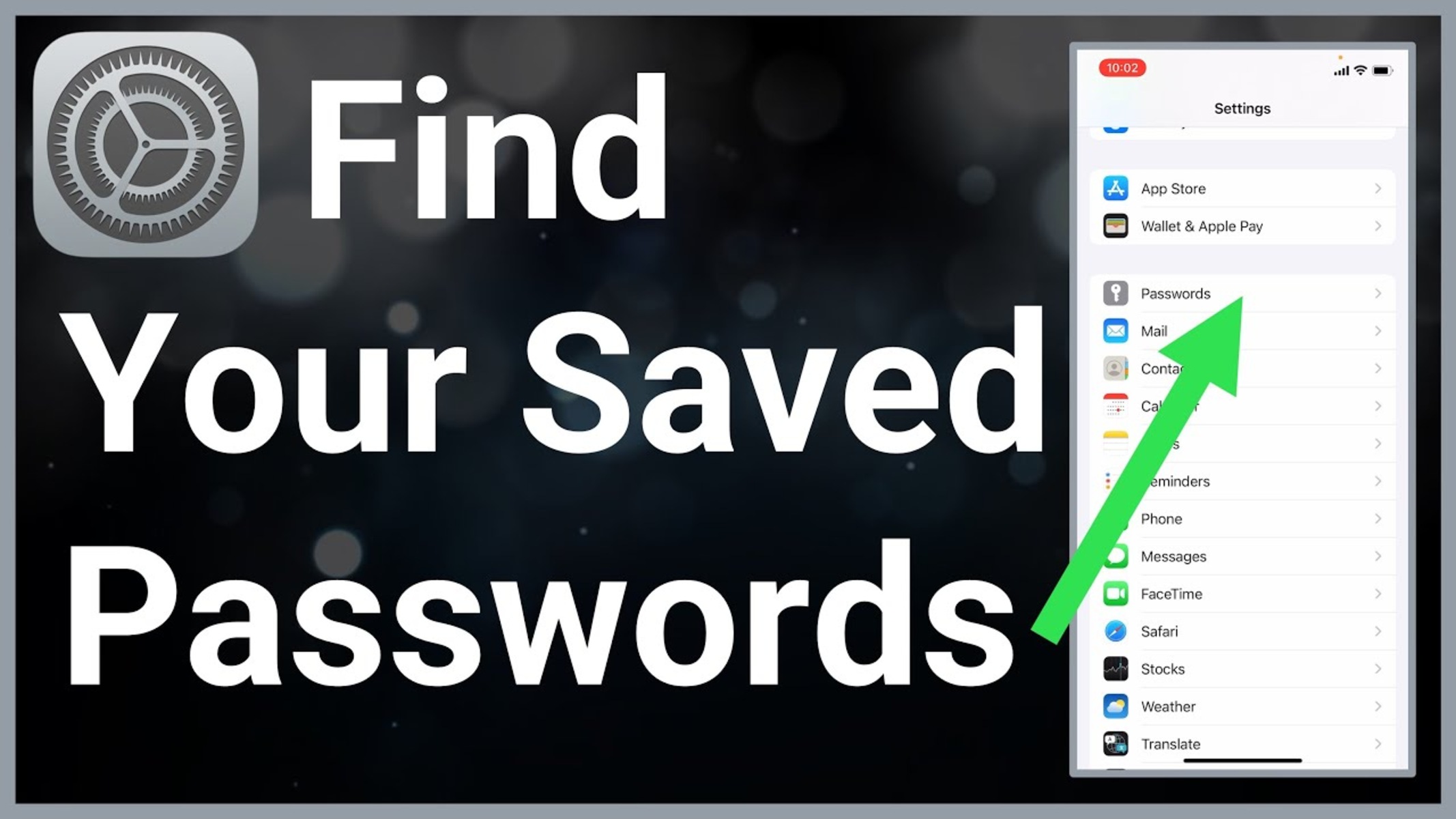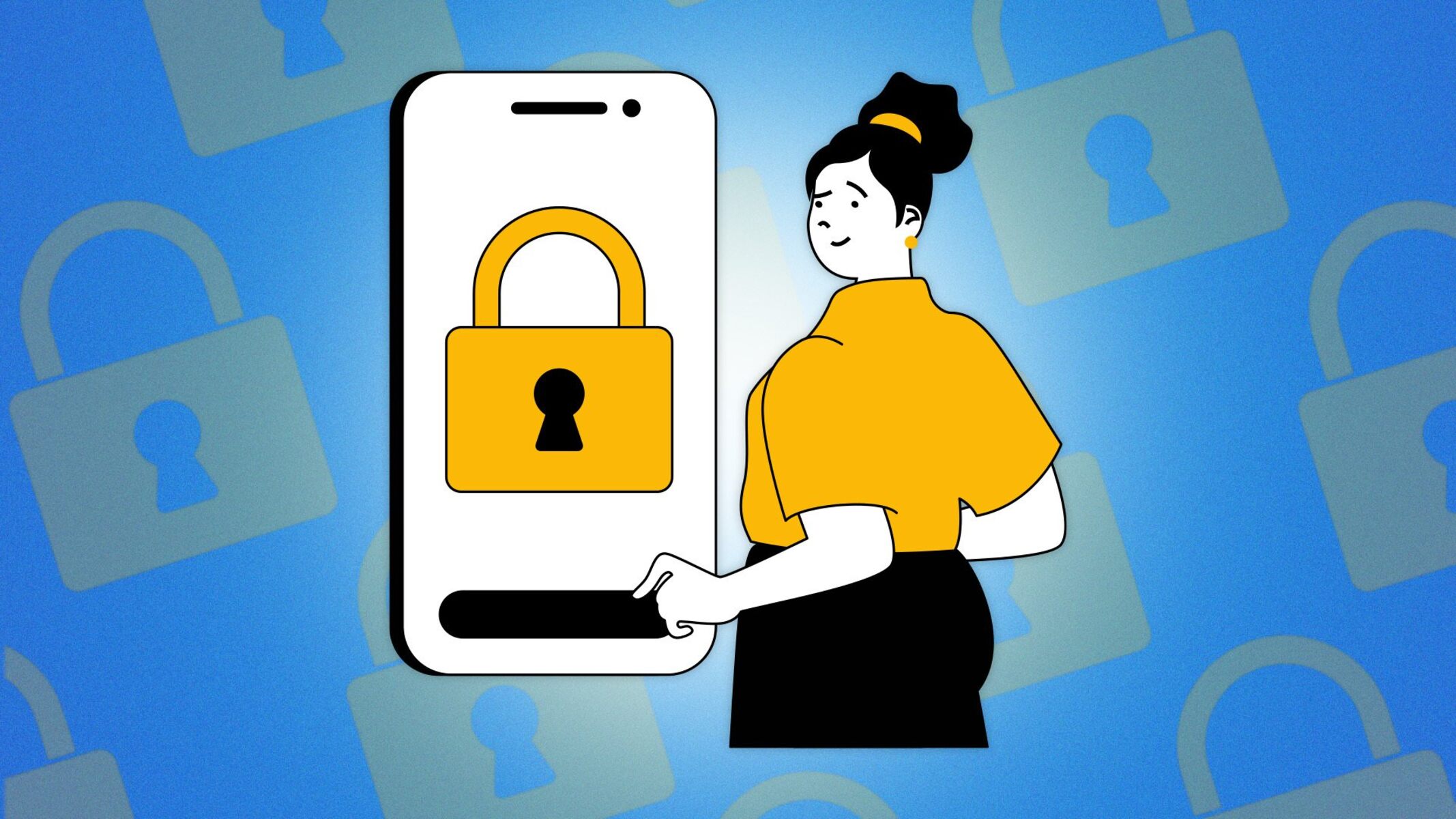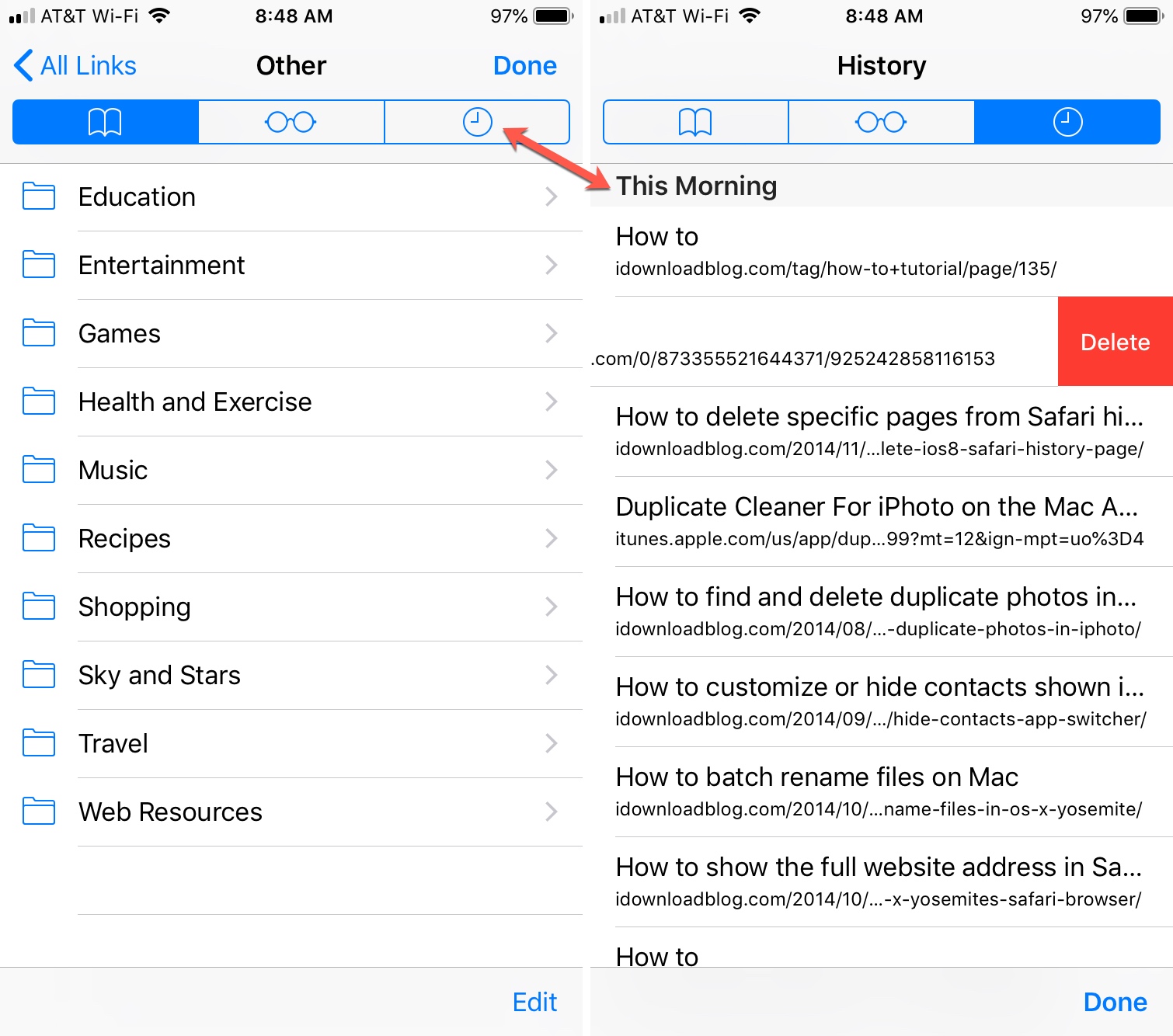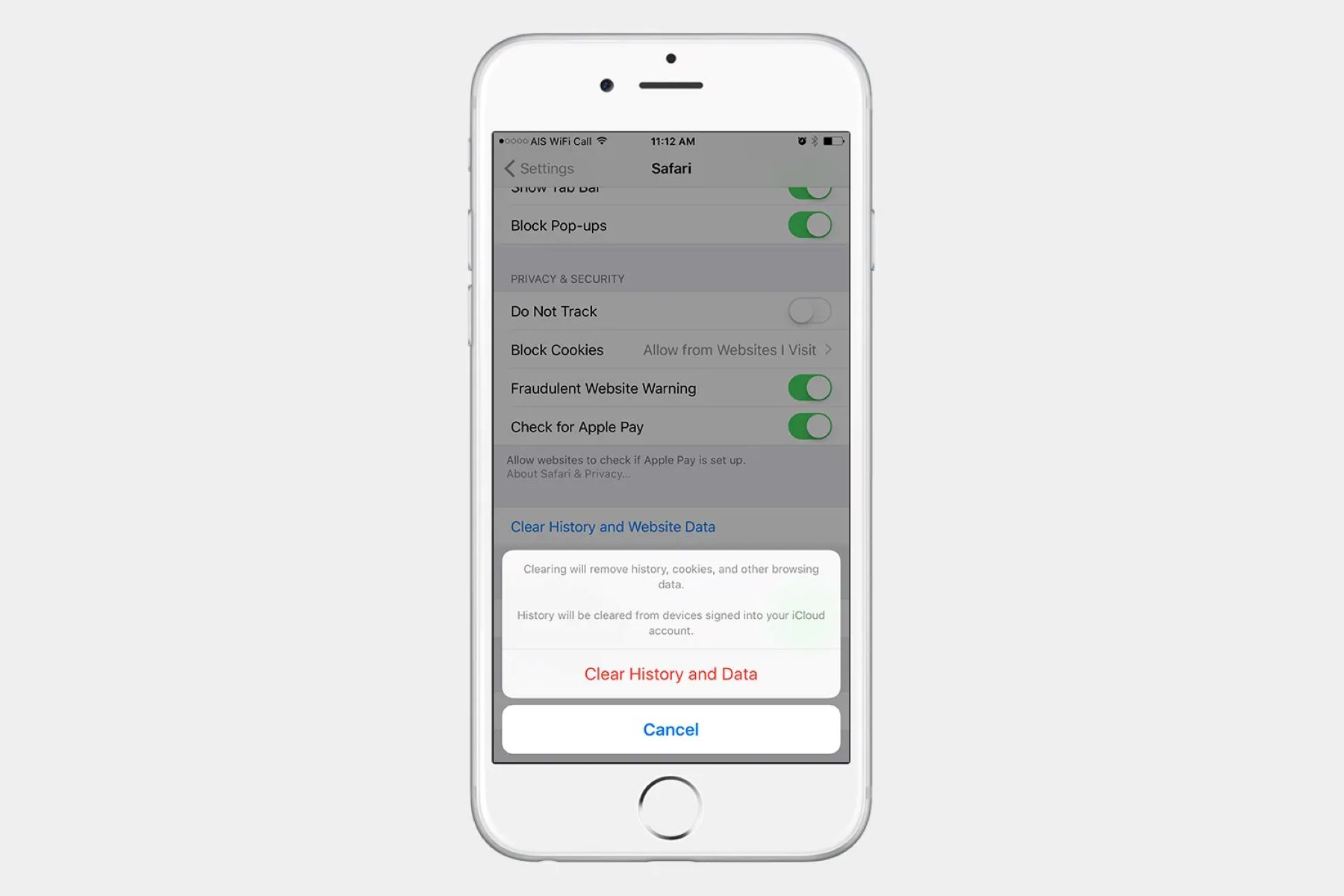Introduction
Safari is a popular web browser known for its sleek interface and seamless integration with Apple devices. It offers a range of features to enhance the browsing experience, including the ability to save and autofill passwords for various websites. This functionality not only saves time but also ensures that your sensitive information is securely stored. However, there may be instances when you need to access or manage these saved passwords, whether it's to retrieve a forgotten login credential or update outdated information.
In this article, we will explore the process of accessing and managing saved passwords on Safari for iPhone. Whether you're a seasoned Safari user or a newcomer to the platform, understanding how to navigate these features can be invaluable. By the end of this guide, you'll have a comprehensive understanding of how to leverage Safari's password management capabilities to streamline your browsing experience and bolster your digital security.
Let's delve into the intricacies of Safari's password management system and uncover the steps to access and manage saved passwords with ease. Whether you're looking to retrieve a forgotten password or update your login credentials, Safari provides intuitive tools to help you stay in control of your online accounts.
Accessing Saved Passwords on Safari
Accessing saved passwords on Safari for iPhone is a straightforward process that allows users to retrieve their login credentials for various websites. Whether you've forgotten a password or simply want to view the stored information, Safari provides a convenient method to access this data. Here's a step-by-step guide to help you access your saved passwords on Safari:
-
Open Settings: Begin by navigating to the "Settings" app on your iPhone. This can typically be found on the home screen and is represented by a gear icon.
-
Scroll Down and Tap on "Passwords & Accounts": Within the Settings menu, scroll down until you locate the "Passwords & Accounts" option. Tap on this to proceed to the next step.
-
Authenticate Your Identity: To access your saved passwords, you may be prompted to authenticate your identity using Touch ID, Face ID, or your device passcode. This additional layer of security helps safeguard your sensitive information.
-
Select "Website & App Passwords": Once your identity has been verified, select the "Website & App Passwords" option. This will display a list of websites and corresponding usernames for which Safari has saved passwords.
-
View Saved Passwords: You can now view the saved passwords for various websites. Simply tap on a specific entry to reveal the associated username and password. This information can be useful for logging into websites or updating your credentials as needed.
By following these steps, you can effortlessly access your saved passwords on Safari for iPhone. This feature provides a convenient way to retrieve and manage your login credentials, offering peace of mind and convenience as you navigate the digital landscape.
Whether you're accessing your passwords for personal or professional use, Safari's intuitive interface makes it easy to retrieve the information you need. With this knowledge at your fingertips, you can confidently leverage Safari's password management capabilities to streamline your browsing experience and stay in control of your online accounts.
Managing Saved Passwords on Safari
Managing saved passwords on Safari for iPhone empowers users to maintain control over their digital credentials and ensure that their login information is up to date. Safari offers a seamless process for managing saved passwords, allowing users to update, delete, or add new credentials as needed. Here's a detailed overview of how to effectively manage saved passwords on Safari:
Updating Saved Passwords
If you need to update a saved password for a specific website, Safari simplifies this process. After accessing the "Website & App Passwords" section in the Settings menu, locate the entry for the website requiring an update. Tap on the entry to reveal the stored username and password. From here, you can edit the existing password to reflect the updated information. Once the changes are saved, Safari will automatically update the stored password for that website, ensuring that your login credentials remain accurate and secure.
Adding New Passwords
When creating accounts for new websites or services, Safari's password management system offers a convenient option to save login credentials. Upon entering your username and password for a new website, Safari may prompt you to save this information. By choosing to save the password, Safari will securely store the login details for future use. This feature eliminates the need to manually remember and enter passwords, enhancing convenience and efficiency as you navigate the web.
Deleting Saved Passwords
In instances where you no longer require a saved password or need to remove outdated credentials, Safari provides a straightforward method for deletion. Within the "Website & App Passwords" section, locate the entry for the website from which you wish to delete the saved password. By tapping on the entry and selecting the option to delete, Safari will promptly remove the stored username and password, effectively decluttering your saved passwords list.
Security Considerations
As you manage saved passwords on Safari, it's essential to prioritize security. Safeguarding your device with strong authentication methods, such as Touch ID or Face ID, adds an extra layer of protection to prevent unauthorized access to your saved passwords. Additionally, regularly reviewing and updating your saved passwords can help mitigate potential security risks and ensure that your online accounts remain secure.
By leveraging Safari's intuitive tools for managing saved passwords, users can maintain a streamlined and secure browsing experience. Whether it's updating outdated credentials, adding new passwords, or removing unnecessary entries, Safari's password management capabilities offer a user-friendly approach to staying in control of your digital identity.
Conclusion
In conclusion, Safari for iPhone offers a robust and user-friendly password management system that empowers users to access and manage their saved passwords with ease. By following the simple steps outlined in this guide, users can retrieve forgotten passwords, update outdated credentials, and maintain a secure digital identity.
The ability to access saved passwords directly from the Settings menu provides a convenient way to retrieve login credentials for various websites. This feature not only saves time but also eliminates the frustration of trying to remember complex passwords. With just a few taps, users can effortlessly access the information they need to log into their accounts, enhancing convenience and efficiency.
Furthermore, Safari's intuitive tools for managing saved passwords enable users to update, add, or delete credentials as needed. Whether it's updating a password for a frequently visited website, securely saving login details for a new account, or removing outdated entries, Safari streamlines the process of maintaining accurate and secure passwords.
It's important to emphasize the significance of prioritizing security when managing saved passwords. By utilizing strong authentication methods such as Touch ID or Face ID, users can add an extra layer of protection to safeguard their sensitive information. Regularly reviewing and updating saved passwords also contributes to maintaining a secure digital presence and mitigating potential security risks.
Overall, Safari's password management capabilities not only enhance the browsing experience but also contribute to bolstering digital security. By understanding how to access and manage saved passwords on Safari for iPhone, users can navigate the digital landscape with confidence, knowing that their login credentials are securely stored and easily accessible when needed.
With this knowledge at their disposal, users can harness the full potential of Safari's password management features, ensuring a seamless and secure browsing experience across their favorite websites and online services.

























